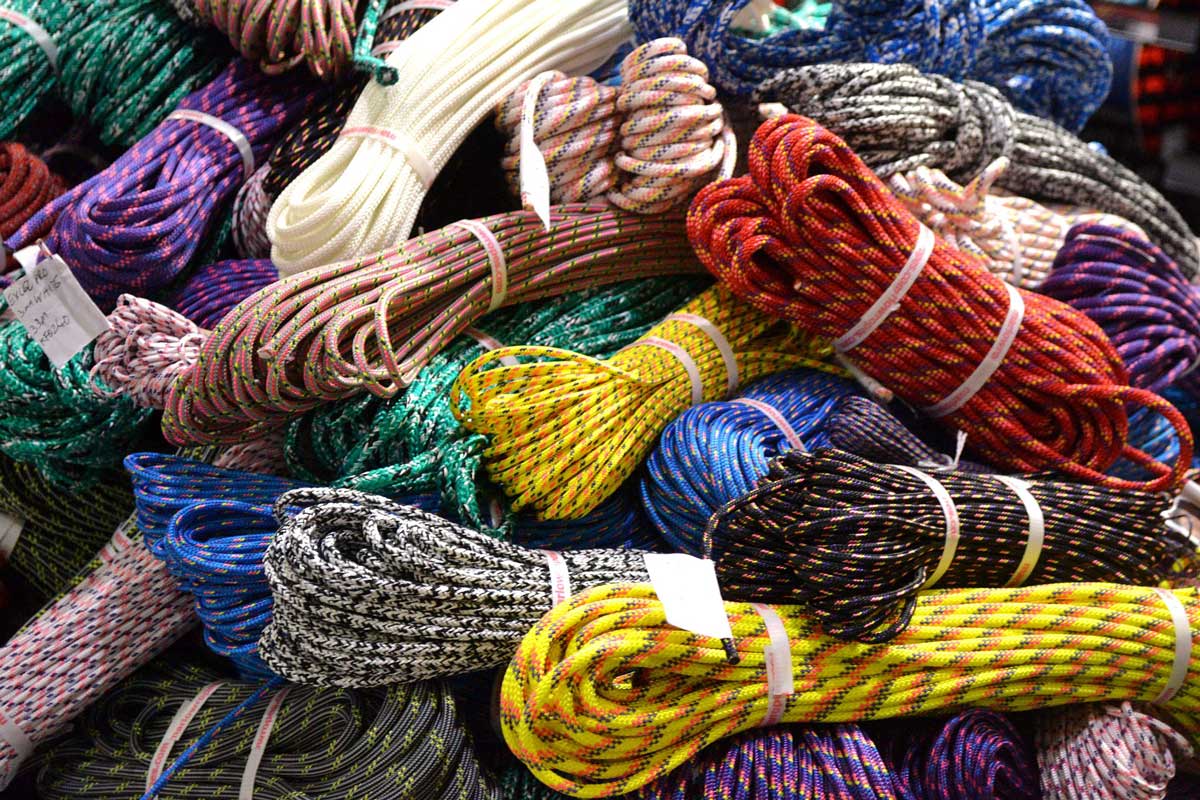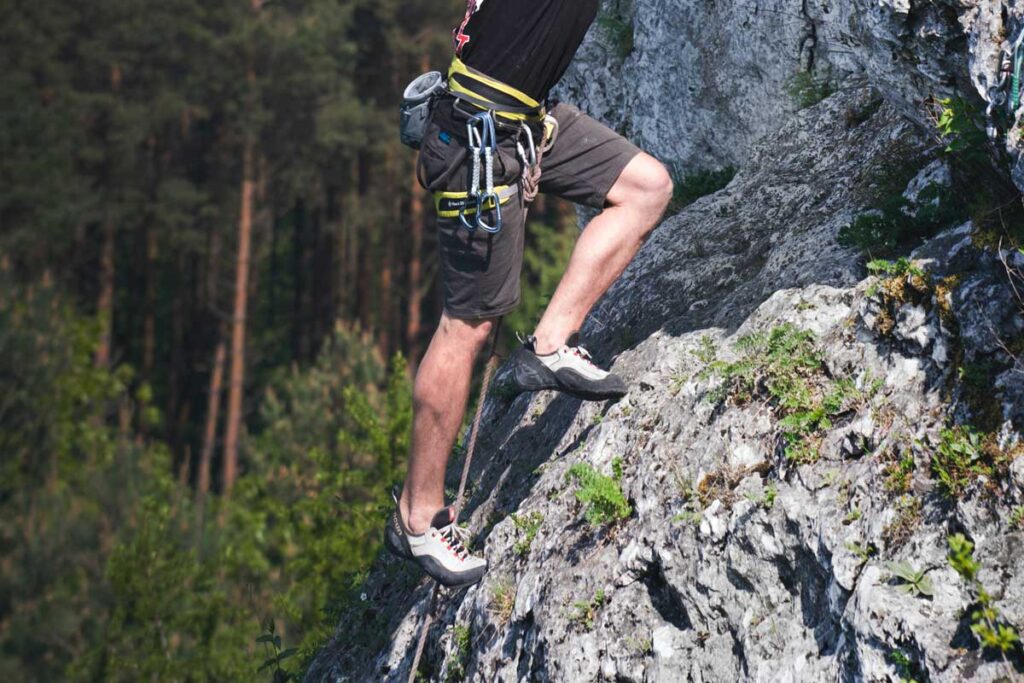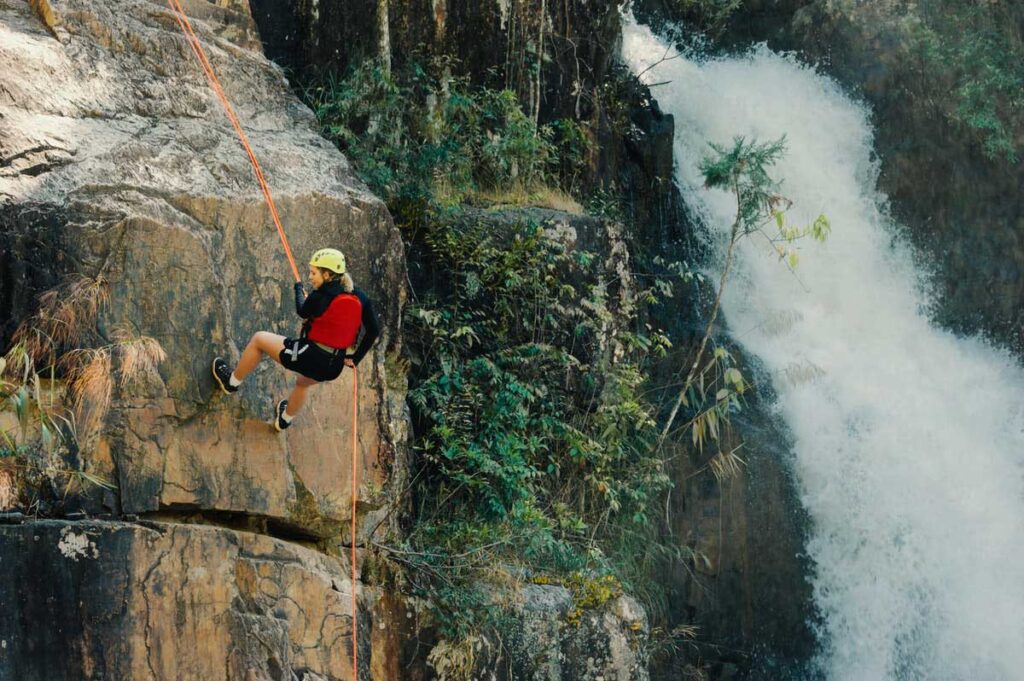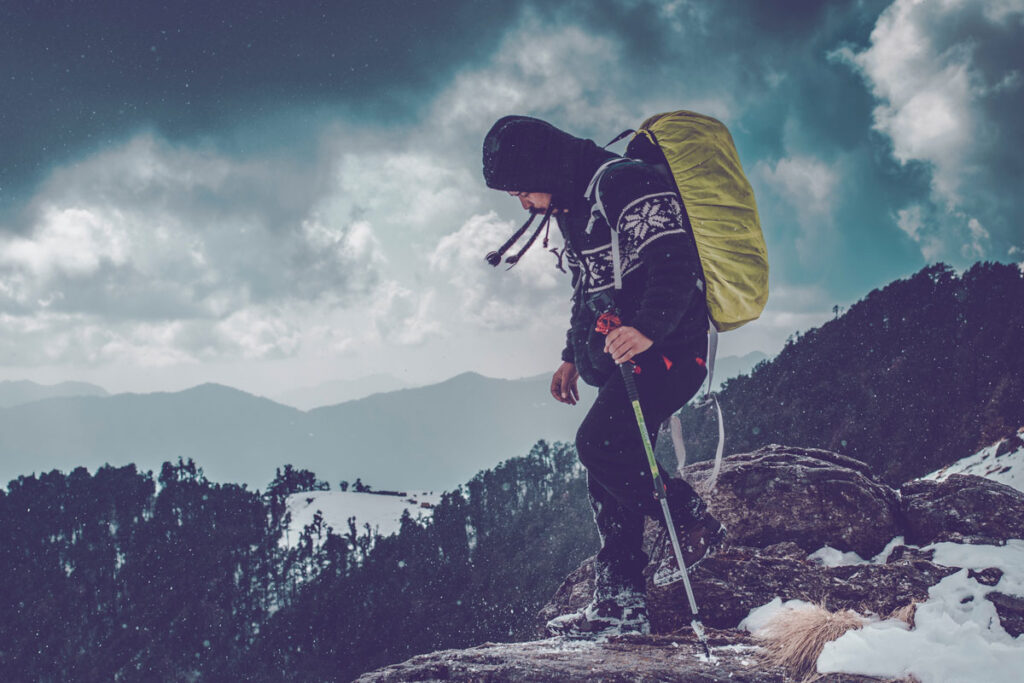Do you want to buy climbing ropes for you? Are you anxious about that? Hmm, frankly, picking up the perfect climbing ropes is troublesome, and you need to research a lot. Firstly, you have to know the ways to find the best climbing ropes and their comparisons. Otherwise, there is a possibility to buy the wrong ones, remember.
A perfect rope can make your climbing session smoother and hassle-free. If you buy the wrong ones, your sufferings will know no bounds as you may frequently fall at that time, and because of an improper rope, severe damage may occur.
But don’t worry at all. We have worked harder to find out the best ways and hope that they will make the task easier for you. Also, here, we have created a comparative study among various types of ropes. They will help you make a clear idea about them. Let’s see to know the details:
Types of Climbing Ropes and their comparison at a glance
Using a perfect climb rope can make your climbing session easier. That is why you have to pick up the right one. But to do this efficiently, you must know about various types of ropes on the market. Basically, you will have two kinds of climbing ropes out there – 1) Dynamic and 2) static ropes. The first one includes many other types. Before telling you about them, I want to describe the main two categories first.
- Dynamic Rope: Dynamic ropes are stretchable. They can mop up the consequence of a falling climber. These ropes are so convenient for lead climbing or top roping. Dynamic rope is divided into three categories – i) Single, ii) half, and ii) twin ropes.
- Static Rope: On the other hand, static ropes are not like dynamic ones because they are less stretchable. They are unusually effective in lowering a wounded climber, pulling a load up, or ascending a rope. You have to keep in mind that static ropes are ineffective for lead climbing or top roping. They are not made to cope up with those kinds of load.
Here, I would like to mention that static ropes are generally used for hauling loads, caving, or rescuing work. In short, people use them where they don’t need to stretch the ropes.
Read More About The Best Outdoor Climbing Course.
The kinds of Dynamic Ropes at a glance:
- Single Ropes: Single ropes are incredibly perfect for top-roping, big-wall climbing, sport climbing, and trad climbing. Maximum climbers choose single ropes. The word ‘single’ is used here to refer to the rope that is not used with other kinds of ropes. In a word, the rope is used by itself.
- Half Ropes: These are positively good for ice climbing, mountaineering, and trad climbing on multi-pitch rock routes. You need to use two ropes while climbing with half ropes. When you go up, you will use two ropes – one is on the right, and the other is on the left side for protection. It’s usually used for a matching pair and tested and designed only for the purpose.
- Twin Ropes: Twin ropes are used for ice climbing, mountaineering, and trad climbing. Like half ropes, twin ropes also include two ropes. With this system, you need to clip both of them through the protections you need to do with a single rope system. This one is thinner than a half rope and perfect for non-wondering routes.
Things to consider before going to buy the best ropes
There are specific issues you have to consider before buying or finding the best climbing ropes. Otherwise, you may not be able to find out the right one. Here are some ways for you:
Diameter:
Up to 9.4mm diameter, single ropes are incredibly lightweight. So they are perfect for multi-pitch climbs because, in these climbs, weight is the most crucial factor. This rope is also divided into two categories, such as thicker and skinnier. As a skinnier rope is less durable or challenging to handle, you should pick up a thicker rope during a sport climb or top-roping.
A single rope with 9.5 to 9.9 mm is ideal for all-around use, such as a sport or trad climbing. It’s durable and light, so you can use it for top-roping. Remember, you can handle this one with ease. Similarly, the 10 mm or up ropes are convenient for big-wall climbing, top-roping, or gym climbing. On the other hand, the half ropes come with 8-9 mm diameter and the twin ones with 7-8 mm thickness.
The choice is yours because you know very well about what kind of climb you want to do and what type of ropes you want to use in this regard. But I want to warn you about skinnier ropes because they are less durable and very tough to handle.
Length
As you know, dynamic ropes are suitable for climbing. So, you should pick up one with the perfect length. Generally, you will have the ropes from 30 m to 80 m in length, but a 60 m rope is the standard one for you. It may vary, so firstly, know about the climbing length first, then buy one with double the length of your route.
This one is recommended for outdoor climbing, remember. Besides, many climbers demand that a 70 m rope is much convenient for modern sport-climbing routes. On the other hand, for indoor climbing like gym climbing, short ropes, such as 35 m long, are perfect. As the trails are generally shorter than that of the outdoor climb, buying a longer one is a mere wastage of money.
Weight
It’s tough to tell the weight of a rope exactly because it depends on the length and diameter of that particular rope. Naturally, a thicker rope is less heavy than a skinnier rope because of the core construction. However, climbers measure a dynamic rope based on grams per meter. If the weight is 58 grams per meter, it’s counted as standard. The longer the rope is, the heavier it becomes. So you have to think about it in this way while going to make the final decision. On the other hand, the weight of a static rope is measured based on weight per foot.
Features
Before going to buy a climbing rope, you have to know about the following features. It will help you differentiate among them regarding the ease of use and performance. Let’s have a look:
- Bicolor: You will have ropes with black dye and bicolor on the market. The ropes with bicolor have a change in its weave pattern, and you can correctly separate the two halves. This mark is easy to recognize and permanent. So, it will not fade if you use the rope for a long time. Unlike, the black dye is not permanent, which can fade after some days, and you cannot see appropriately over time.
- Dry treatment: The drying capacity is another critical issue you should consider. During a climb, naturally, your climbing rope may get wet due to rain or snow. In that case, it becomes heavier and cannot resist forces during a fall. To eliminate the situation, the manufacturers add some unique features to decrease water absorption and quick dry. Though ropes with a dry treatment are a bit expensive than those which don’t have, it’s better to select them.
- Middle Mark: We have told you earlier that there are ropes with a middle mark painted with black dye or bicolor. Whatever color you want, it doesn’t matter. But the ropes you are going to buy should have the feature. It will help you while rappelling a climber.
- End warning marks: Some ropes have marks at the end of them, showing that a climber has come to an end. They help you lowering or rappelling a climber.
UIAA safety ratings
UIAA refers to the Union Internationale des associations d’Alpinisme. It’s a federation for international climbers and mountaineers. Its work is to create safety standards, and the manufacturers must obey them while making climbing ropes. Let’s check what ratings your climbing ropes should have:
- Static Elongation: It’s also known as working elongation. Basically, it’s the stretching amount of a dynamic rope while hanging 80 kg of weight. But for single and twin ropes, the amount will not be more than 10% of the whole rope length. Simultaneously, for a half rope, the amount will not be more than 12%.
- Dynamic Elongation: It’s the stretching of the rope at the time of the first fall of UIAA. In this case, a lower amount is much convenient because it will save a falling climber from striking the ground. According to the UIAA, this rate will not exceed 40%.
- Falling rate: When the UIAA checks a rope, they generally focus on the number of falls it can bear before failing. That is why considering the falling rate is much more critical. Usually, the federation tests a single rope by falling an 80 kg load from the top. In the same way, it checks a half rope by using a 55 kg weight (one stand). And finally, a twin rope is examined by using an 80 kg weight (2 stands). Here, I should inform you that a twin rope has to bear at least 12 UIAA falls.
- Impact force: It’s the summation of force in kilonewtons. And the force is measured when the first UIAA fall happens. If the number becomes lower, it tells that the rope has less force on the gear, belayer, and climber. When the dynamic elongation is higher, the impact force must be lower. When a climber falls, the lower impact force helps him to land on the rope softly.
Our Recommended Climbing Ropes:
The conclusion
The ways to find the best climbing ropes and their comparisons stated above will certainly help you gain a clear idea about the issue. Quality is the main thing that you have to acknowledge. The best ones may be expensive, but you should not consider the price at all. Honestly, a good quality rope can ease the pressure of your climbing a bit, I guarantee.





